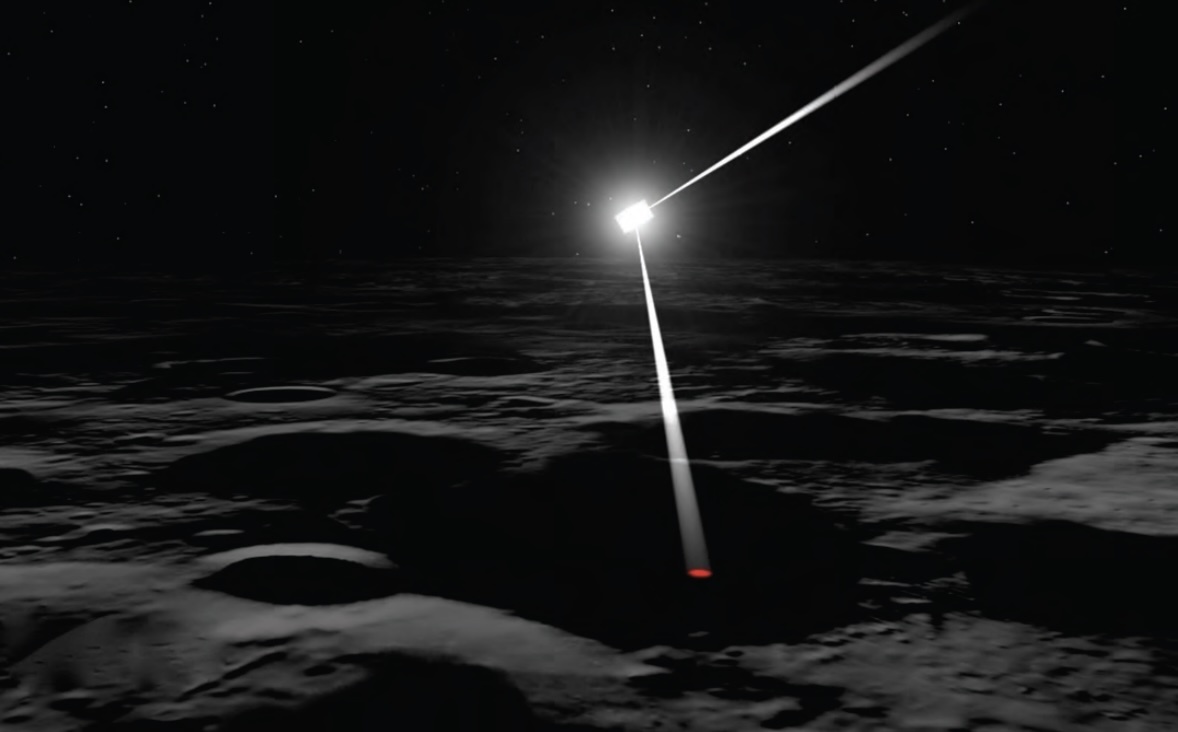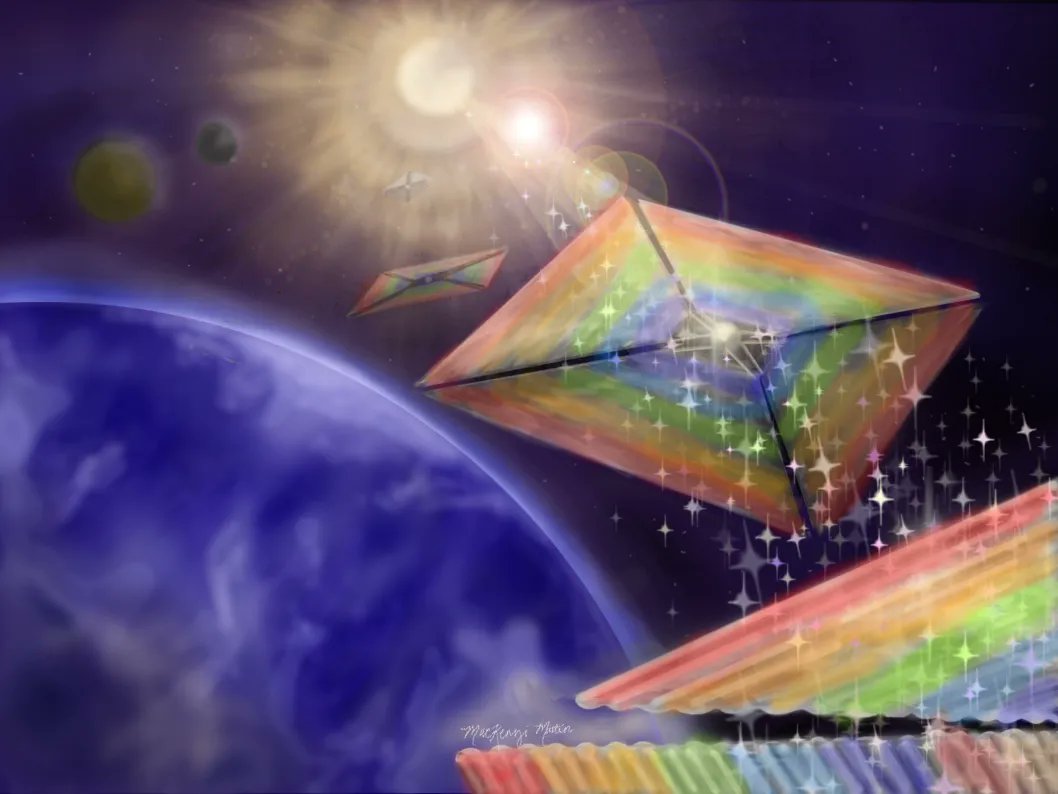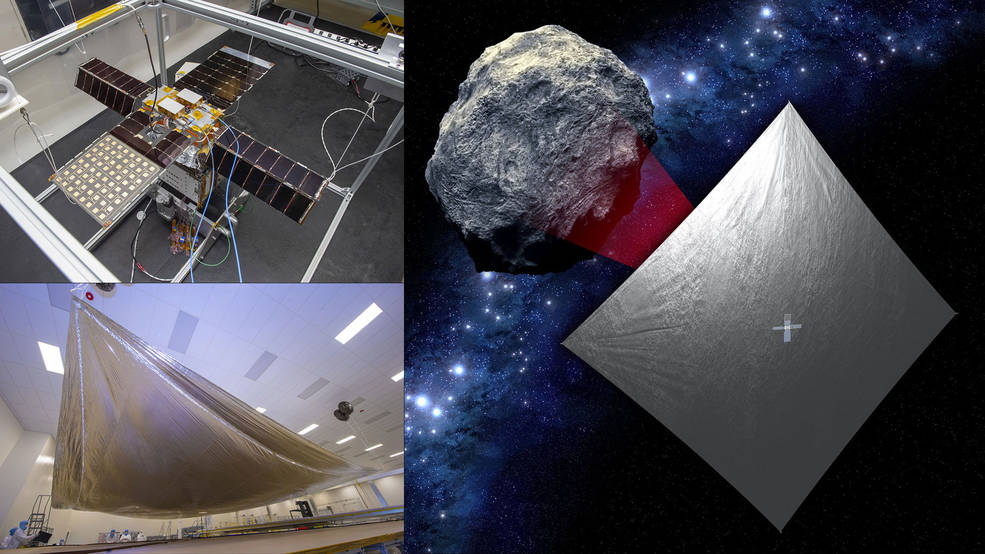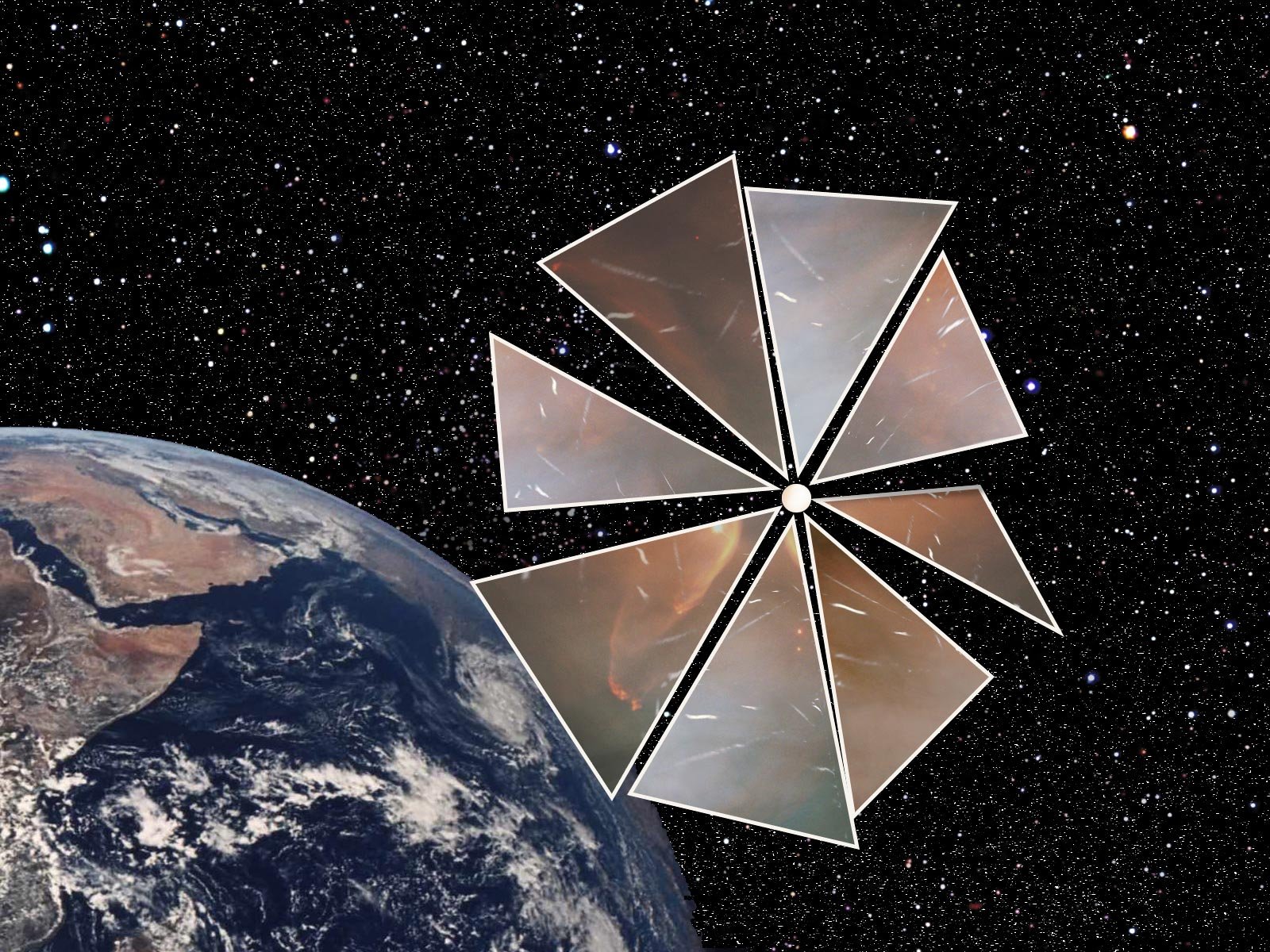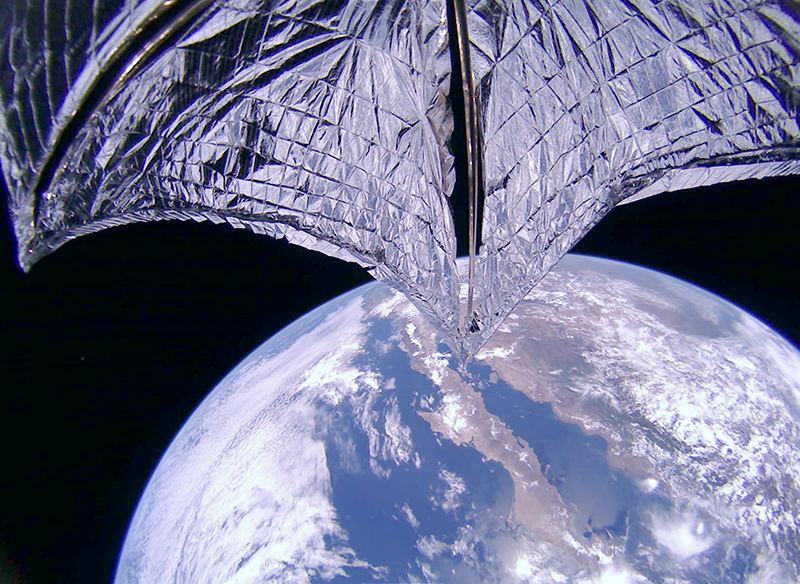Solar sails rely upon pressure exerted by sunlight on large surfaces. Get the sail closer to the Sun and not surprisingly efficiency increases. A proposed new mission called Mercury Scout aims to take advantage of this to explore Mercury. The mission will map the Mercurian surface down to a resolution of 1 meter and, using the highly reflective sail surface to illuminate shadowed craters, could hunt for water deposits.
Continue reading “Mercury is the Perfect Destination for a Solar Sail”Solar Sails Could Reach Mars in Just 26 Days
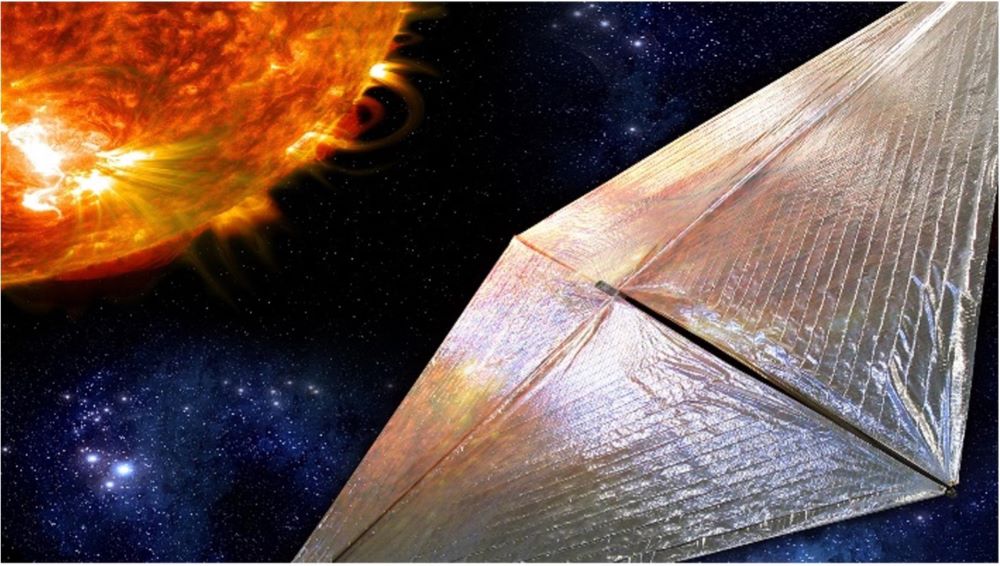
A recent study submitted to Acta Astronautica explores the potential for using aerographite solar sails for traveling to Mars and interstellar space, which could dramatically reduce both the time and fuel required for such missions. This study comes while ongoing research into the use of solar sails is being conducted by a plethora of organizations along with the successful LightSail2 mission by The Planetary Society, and holds the potential to develop faster and more efficient propulsion systems for long-term space missions.
Continue reading “Solar Sails Could Reach Mars in Just 26 Days”Are Chemical Rockets or Solar Sails Better to Return Resources from Asteroids?
If and when we ever get an asteroid mining industry off the ground, one of the most important decisions to be made in the structure of any asteroid mining mission would be how to get the resources back to where all of our other infrastructure is – somewhere around the Earth. That decision typically will focus on one of two propulsion methodologies – chemical rockets, such as those we already use to get us into space in the first place, or solar sails, which, while slower and unable to get us into orbit, don’t require any fuel. So, which propulsion methodology is better for these future missions? A study by researchers at the University of Glasgow looked at those two scenarios and came out with a clear-cut answer – solar sails.
Continue reading “Are Chemical Rockets or Solar Sails Better to Return Resources from Asteroids?”A new Kind of Solar Sail Could let us Explore Difficult Places to Reach in the Solar System
Solar sailing technology has been a dream of many for decades. The simple elegance of sailing on the light waves of the sun does have a dreamy aspect to it that has captured the imagination of engineers as well as writers. However, the practicalities of the amount of energy received compared to that needed to move useful payloads have brought those dreams back to reality. Now, a team led by Amber Dubill of John Hopkins University Applied Physics Laboratory and supported by the NASA Innovative Advanced Concepts (NIAC) program is developing new solar sail architecture that might have already found its killer app – heliophysics.
Continue reading “A new Kind of Solar Sail Could let us Explore Difficult Places to Reach in the Solar System”Tiny NEA Scout Solar Sail Mission to Chase Asteroid
NEA Scout will hitch a ride to an asteroid on the Artemis 1 Moon mission.
Tucked away on the long-awaited, historic launch of NASA’s Space Launch System (SLS) this April is a small, shoebox-sized mission mission that with use an innovative solar sail technology, to chase down a school-bus sized asteroid.
Continue reading “Tiny NEA Scout Solar Sail Mission to Chase Asteroid”LightSail 2 has Been Flying for 30 Months now, Paving the way for Future Solar Sail Missions
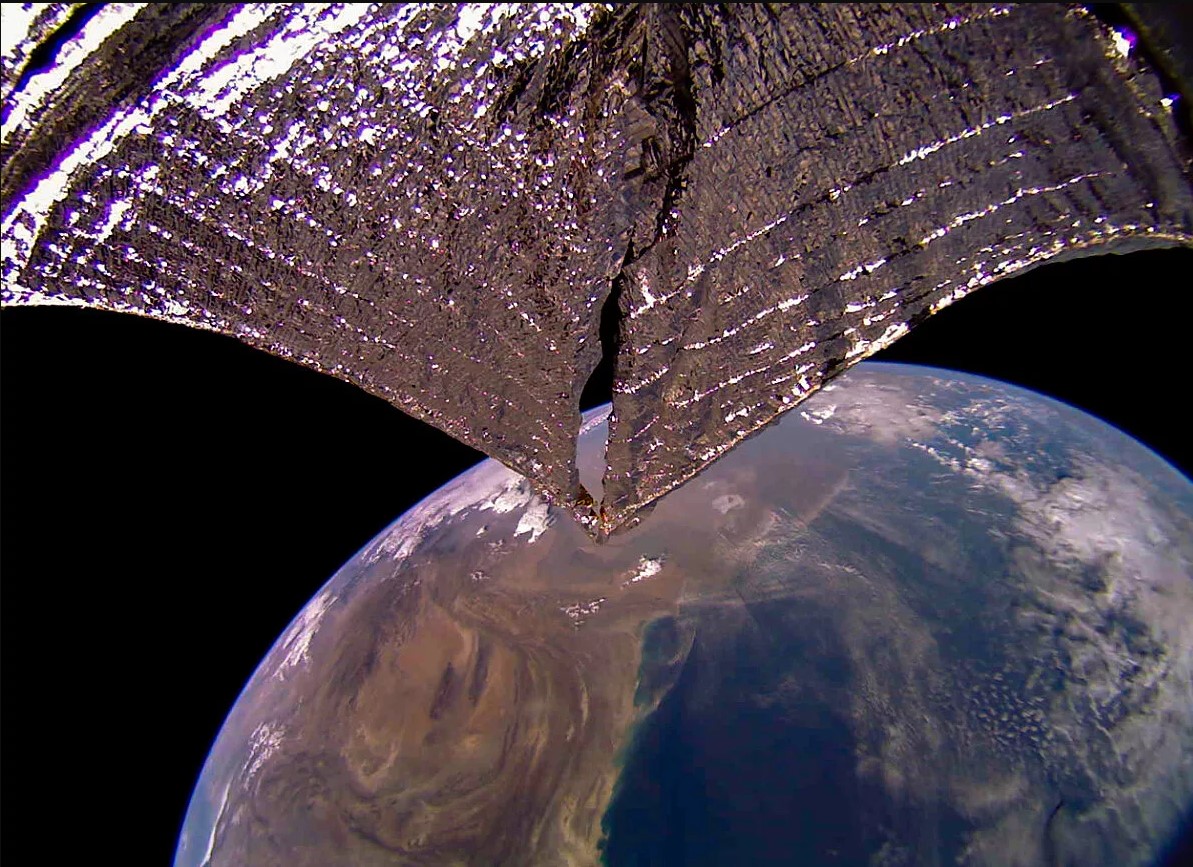
Even after 30 months in space, The Planetary Society’s LightSail 2 mission continues to successfully “sail on sunbeams” demonstrating solar sail technology in Earth orbit. The mission is providing hard data for future missions that hope to employ solar sails to explore the cosmos.
Continue reading “LightSail 2 has Been Flying for 30 Months now, Paving the way for Future Solar Sail Missions”NASA is Testing out new Composite Materials for Building Lightweight Solar Sail Supports
Space exploration is driven by technology – sometimes literally in the case of propulsion technologies. Solar sails are one of those propulsion technologies that has been getting a lot of attention lately. They have some obvious advantages, such as not requiring fuel, and their ability to last almost indefinitely. But they have some disadvantages too, not the least of which is how difficult they are to deploy in space. Now, a team from NASA’s Langley Research Center has developed a novel time of composite boom that they believe can help solve that weakness of solar sails, and they have a technology demonstration mission coming up next year to prove it.
Continue reading “NASA is Testing out new Composite Materials for Building Lightweight Solar Sail Supports”A Small Satellite With a Solar Sail Could Catch up With an Interstellar Object
When Oumuamua, the first interstellar object ever observed passing through the Solar System, was discovered in 2017, it exhibited some unexpected properties that left astronomers scratching their heads. Its elongated shape, lack of a coma, and the fact that it changed its trajectory were all surprising, leading to several competing theories about its origin: was it a hydrogen iceberg exhibiting outgassing, or maybe an extraterrestrial solar sail (sorry folks, not likely) on a deep-space journey? We may never know the answer, because Oumuamua was moving too fast, and was observed too late, to get a good look.
It may be too late for Oumuamua, but we could be ready for the next strange interstellar visitor if we wanted to. A spacecraft could be designed and built to catch such an object at a moment’s notice. The idea of an interstellar interceptor like this has been floated by various experts, and funding to study such a concept has even been granted through NASA’s Innovative Advanced Concepts (NIAC) program. But how exactly would such an interceptor work?
Continue reading “A Small Satellite With a Solar Sail Could Catch up With an Interstellar Object”LightSail 2 Has Now Been in Space for 2 Years, and Should Last Even Longer Before Re-Entering the Atmosphere
The Planetary Society’s crowdfunded solar-sailing CubeSat, LightSail 2, launched on June 25th 2019, and two years later the mission is still going strong. A pioneering technology demonstration of solar sail capability, LightSail 2 uses the gentle push of photons from the Sun to maneuver and adjust its orbital trajectory. Within months of its launch, LightSail 2 had already been declared a success, breaking new ground and expanding the possibilities for future spacecraft propulsion systems. Since then, it’s gone on to test the limits of solar sailing in an ongoing extended mission.
Continue reading “LightSail 2 Has Now Been in Space for 2 Years, and Should Last Even Longer Before Re-Entering the Atmosphere”Want the Fastest Solar Sail? Drop it Into the Sun First
In the coming decades, multiple space agencies plan to return astronauts to the Moon (or to send them there for the first time) and mount the first crewed missions to Mars. Between that and the explosive growth we are seeing in Low Earth Orbit (LEO), there is no doubt that we live in an era of renewed space exploration. It’s therefore understandable that old and new concepts for interstellar travel are also being considered these days.
Right now, a considerable focus is on light sails that generate their own propulsion by radiation pressure or are accelerated by lasers. These concepts present all kinds of technical and engineering challenges. Luckily, Coryn Bailer-Jones of the Max Planck Institute for Astronomy (MPIA) recently conducted a study where he argues for a “Sun Diver” light sail that will pick up all the speed it needs by diving close to the Sun.
Continue reading “Want the Fastest Solar Sail? Drop it Into the Sun First”
